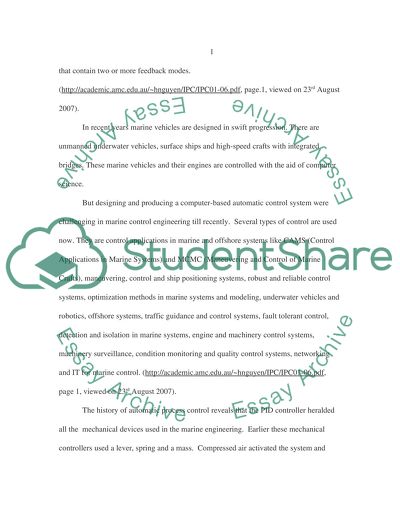Cite this document
(“Controllers for Marine Engineering Systems Essay - 1”, n.d.)
Controllers for Marine Engineering Systems Essay - 1. Retrieved from https://studentshare.org/miscellaneous/1532267-controllers-for-marine-engineering-systems
Controllers for Marine Engineering Systems Essay - 1. Retrieved from https://studentshare.org/miscellaneous/1532267-controllers-for-marine-engineering-systems
(Controllers for Marine Engineering Systems Essay - 1)
Controllers for Marine Engineering Systems Essay - 1. https://studentshare.org/miscellaneous/1532267-controllers-for-marine-engineering-systems.
Controllers for Marine Engineering Systems Essay - 1. https://studentshare.org/miscellaneous/1532267-controllers-for-marine-engineering-systems.
“Controllers for Marine Engineering Systems Essay - 1”, n.d. https://studentshare.org/miscellaneous/1532267-controllers-for-marine-engineering-systems.


